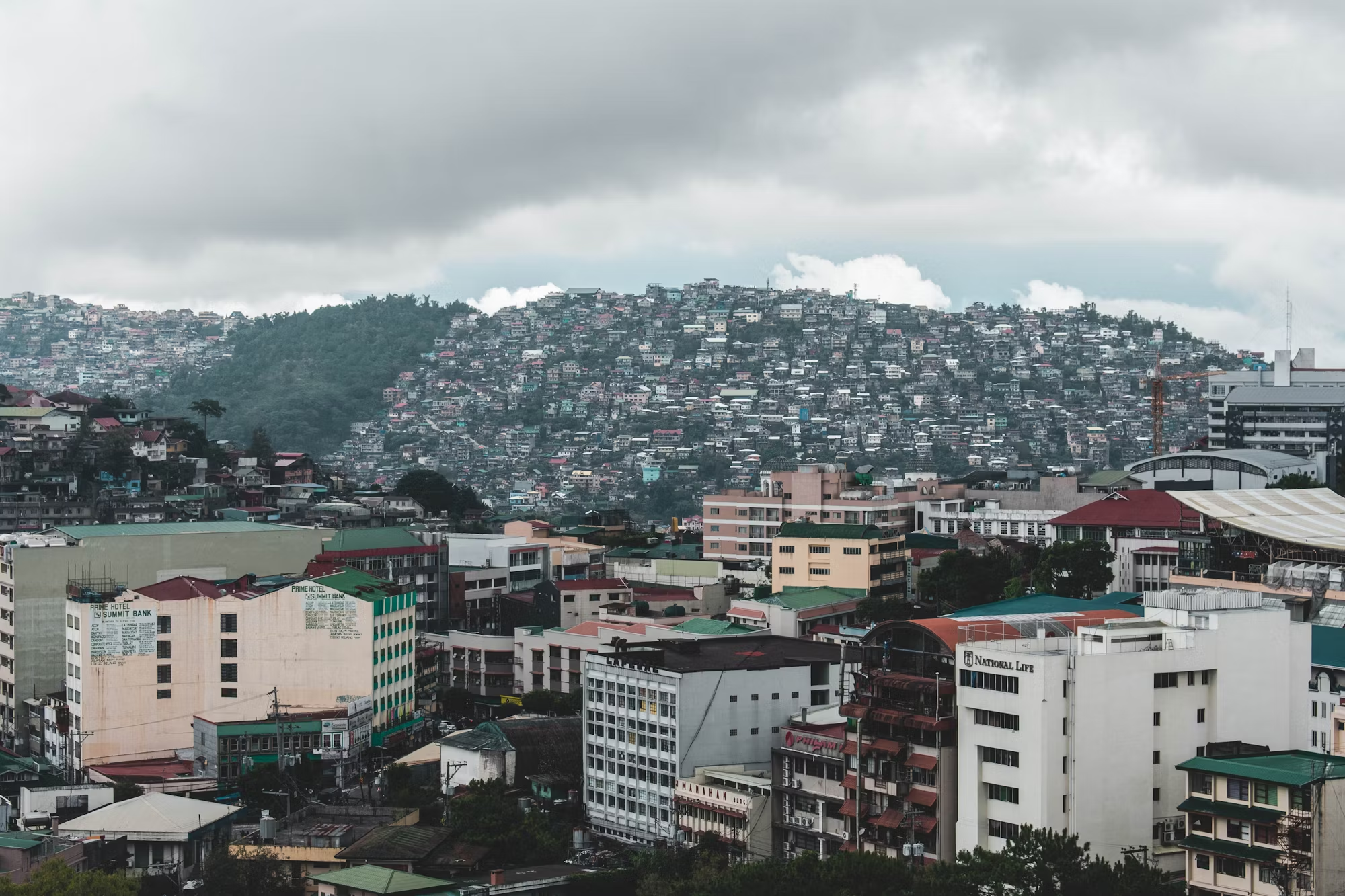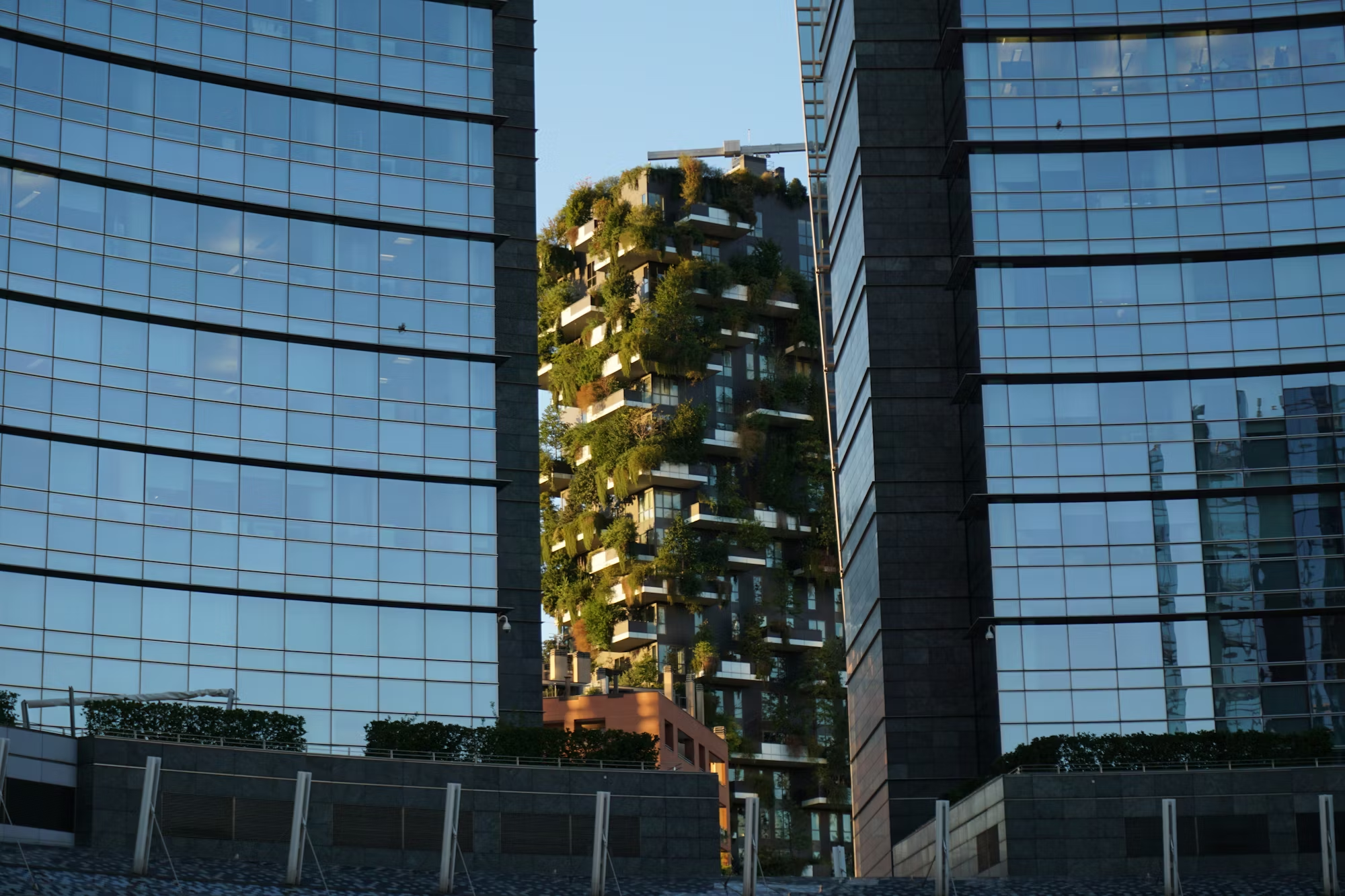As cities grow and evolve, the real estate market adapts to meet the diverse needs of urban environments. From bustling metropolises to quiet university towns, each city type presents unique characteristics that influence real estate trends and development strategies. This article delves into the various urban landscapes, examining how they shape the future of urban living and the opportunities they offer for investors and developers.
Metropolises: A Melting Pot of Opportunity
Metropolises such as New York, Tokyo, and London are often viewed as the heart of global culture, finance, and innovation. Characterized by their high population density, these cities attract diverse populations seeking employment, education, and vibrant lifestyles. The real estate market in metropolises is dynamic, with constant demand for both residential and commercial properties, fueled by economic growth and urban migration.
In response to increasing housing costs, innovative living solutions are emerging. Developers are exploring concepts such as micro-apartments and co-living spaces, which appeal to young professionals looking for affordable yet community-oriented living arrangements. Furthermore, sustainability is becoming a focal point, with a noticeable shift towards energy-efficient buildings and smart technologies that enhance the quality of life for residents.
Megacities: Addressing Unique Challenges
Megacities like Mumbai, Jakarta, and São Paulo face distinct challenges due to their sheer size and rapid growth. With populations often exceeding ten million, these cities struggle with inadequate infrastructure and a critical need for affordable housing. The informal housing sector frequently expands in response to this demand, leading to overcrowded conditions and strained resources.
To navigate these challenges, urban planners and developers are adopting sustainable growth strategies. Vertical housing solutions, such as high-rise buildings, are becoming increasingly important in maximizing land use while addressing the housing crisis. Additionally, the implementation of smart city technologies can improve public services and infrastructure, enhancing the overall quality of life. The future of real estate in megacities hinges on innovative approaches that prioritize sustainability and inclusivity.
Capital Cities: The Intersection of Governance and Growth
Capital cities, such as Washington, D.C., Berlin, and Ottawa, serve as administrative and cultural centers, significantly influencing real estate dynamics. The presence of government institutions and international organizations drives demand for both residential and commercial properties, creating unique opportunities for investors.
In these urban environments, real estate trends are often dictated by political climates and policy changes. Investors must remain vigilant about shifts in governance, as they can impact market conditions significantly. The trend towards mixed-use developments is gaining traction, as city planners aim to create vibrant communities that cater to both residents and visitors. By fostering community-oriented spaces, these developments can enhance cultural and economic vitality.
Port Cities: Navigating Global Trade
Port cities like Rotterdam, Miami, and Hong Kong are crucial players in global trade, serving as economic powerhouses due to their strategic waterfront locations. The real estate market in these areas is influenced by the demand for properties that facilitate maritime trade and logistics, driven by the growth of e-commerce.
In port cities, investors are increasingly focusing on mixed-use developments that integrate residential, commercial, and recreational spaces. This approach not only maximizes land use but also creates lively urban environments that enhance the quality of life for residents. As port cities continue to grow and adapt to changing global dynamics, the real estate sector will play a critical role in supporting sustainable development and economic resilience.
Tech Hubs: A New Era of Urban Innovation
Cities recognized as tech hubs, such as San Francisco, Austin, and Berlin, are transforming the real estate landscape through their concentration of technology companies and startups. The demand for office and residential spaces in these areas is driven by a young, dynamic workforce eager to live and work in innovative environments.
Developers in tech hubs are focusing on creating collaborative workspaces and vibrant neighborhoods that foster creativity and community. Co-working spaces and flexible office arrangements are becoming essential as companies adapt to changing work models. Moreover, there is an increasing emphasis on sustainability, with many developments incorporating green building practices that resonate with environmentally conscious tenants and employees.
Tourist Cities: Balancing Local Needs and Visitor Demands
Tourist cities like Barcelona, Venice, and Paris attract millions of visitors each year, creating a unique real estate landscape. The dual demand for short-term accommodations and long-term housing can lead to conflicts between residents and tourists, prompting city governments to implement regulations aimed at balancing both interests.
In response to these dynamics, investors are exploring various models, including long-term rentals and mixed-use developments that cater to both tourists and locals. Properties designed to enhance the visitor experience—such as boutique hotels and experiential retail spaces—are becoming increasingly popular. By fostering a balance between tourism and community needs, these cities can maintain their cultural charm while supporting sustainable economic growth.
University Towns: Driven by Academic Growth
University towns like Cambridge, Ann Arbor, and Berkeley thrive on the presence of their educational institutions. The influx of students, faculty, and researchers creates a consistent demand for housing and services, contributing to a vibrant atmosphere.
Investors in university towns often capitalize on the steady demand for student housing and rental properties. The collaborative spirit within these communities can lead to partnerships between universities and private developers, resulting in innovative projects that support research initiatives and local startups. Understanding the unique dynamics of university towns can yield lucrative opportunities in the real estate sector.
Financial Centers: Adapting to a Changing Landscape
Financial centers such as New York, London, and Hong Kong are critical to the global economy, characterized by high demand for commercial properties and luxury residential spaces. The competitiveness of these markets often drives prices up, making real estate investment both lucrative and challenging.
As the landscape of work evolves, with more companies embracing remote and hybrid models, the demand for flexible office spaces is growing. Investors must adapt to these changing needs by developing properties that offer modern amenities and versatile layouts. Additionally, as sustainability gains importance, there is a significant push towards green building practices that resonate with the values of today’s tenants and businesses.
Historic Cities: Preserving Cultural Identity
Historic cities like Rome, Kyoto, and Istanbul are celebrated for their rich cultural heritage and architectural beauty. The preservation of historical landmarks is essential in shaping the real estate market in these areas, influencing tourism and local community dynamics.
Developers in historic cities face the challenge of navigating complex regulations that protect cultural heritage while allowing for modern development. However, this also opens up opportunities in niche markets focused on heritage tourism and restoration projects. By prioritizing sustainable and culturally sensitive developments, investors can create properties that enhance the unique identity of these cities and attract visitors while benefiting local residents.
Smart Cities: The Future of Urban Innovation
Smart cities, such as Singapore and Amsterdam, are leading the way in integrating technology into urban living. The application of smart solutions in infrastructure and services is transforming how residents experience urban life, emphasizing efficiency, sustainability, and connectivity.
In these cities, the demand for smart buildings equipped with advanced technologies is on the rise. Developers are increasingly focusing on creating interconnected communities that leverage data to improve urban services and enhance overall livability. As smart city initiatives expand, the potential for innovative real estate developments will continue to grow, offering exciting opportunities for investors and developers.
Conclusion
The future of urban living is being shaped by the unique characteristics of various city types, each presenting distinct real estate opportunities and challenges. From the dynamic environments of metropolises and tech hubs to the cultural richness of historic cities and university towns, understanding these dynamics is essential for stakeholders in the real estate market. By embracing sustainability, technology, and community-focused development, investors and developers can navigate the complexities of urban environments and contribute to vibrant, livable cities for generations to come.





